GĐXH – According to doctors, children can suffer from peripheral facial nerve paralysis in any season, but this condition increases more in the cold season and during the changing seasons.
Information from Hung Vuong General Hospital ( Phu Tho ) said that this unit has just received treatment for a child patient with peripheral facial nerve paralysis.
Accordingly, the 15-month-old girl was brought to the hospital by her family with a crooked mouth and eyes that could not close.
Through clinical examination, doctors diagnosed the baby with right peripheral facial nerve palsy – a condition that can occur in children. The baby was hospitalized for treatment using a combination of traditional medicine and rehabilitation.
Why do children get Bell's palsy?
According to Dr. Nguyen Hong Minh - Department of Traditional Medicine, Central Children's Hospital, peripheral facial nerve palsy, commonly known as "facial paralysis" or "mouth distortion", is a condition of loss or reduction of facial muscle movement, often occurring on one side, causing facial deformity.
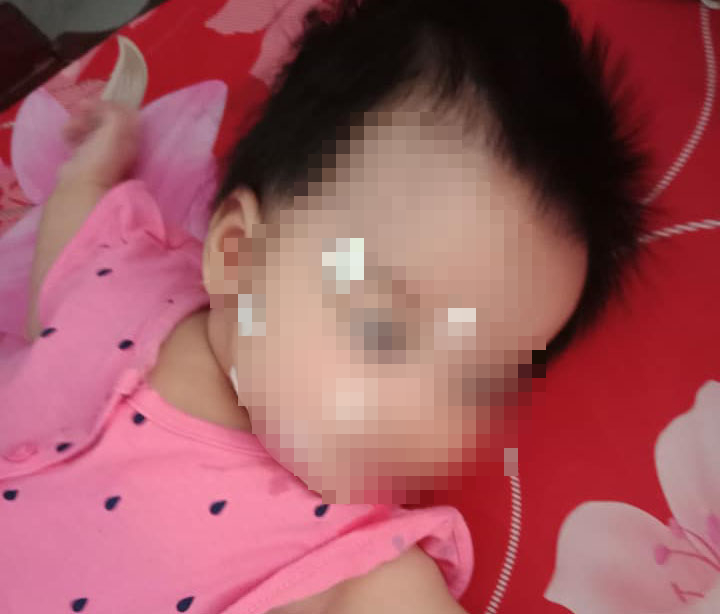
Children with facial nerve palsy number 7 are mainly caused by sudden cold exposure. Illustration photo.
About 75% of children with facial nerve palsy are due to sudden cold exposure that directly affects the facial nerve. In addition, there are other causes such as: Genetics; children infected with viruses such as rubella, herpes; children with diseases such as diabetes, colds, flu, otitis media, facial trauma, etc.
Children can get it in any season, but it is more common in cold weather and during the changing seasons. Symptoms often appear suddenly, usually only on one side of the face such as: The face is droopy, unusually stiff, the mouth is crooked to one side, especially the corner of the mouth.
The eyes do not close completely or open wide even when sleeping; the philtrum is deviated to the paralyzed side; difficulty speaking and sometimes difficulty eating and drinking. In addition, the child also has severe headaches; dry mouth due to low saliva production; earache; pain around the jaw; eye twitching; increased tears and saliva production; loss of taste.
Children with Bell's palsy can affect their learning, playing, daily communication, difficulty expressing emotions on the face, difficulty eating and drinking, and importantly, can have consequences that affect the child's appearance when they grow up.
In addition, the disease can also cause secondary damage to the eyes, teeth, jaws, ears, nose and throat, and sequelae of hemifacial spasm...
How to prevent Bell's palsy in children
To prevent the risk of peripheral facial nerve palsy in children, experts recommend that parents do the following:
Avoid wind and cold: Children need to be kept warm, avoid cold wind when going outside, do not expose to direct sunlight, wash face or take care with warm water.
Eye care and protection : Children need to wear glasses to avoid dust when going out, use artificial tears and saline to avoid dry eyes and limit infection.
Oral hygiene : Facial muscles cannot retain water in the mouth, food remains in the paralyzed area, easily causing inflammation of the teeth, gums, mouth and throat. Therefore, children need to brush their teeth twice a day, use dental floss, rinse their mouth and throat, and rinse their nose with saline.
A nutritious diet to increase resistance: A diet full of vitamins, minerals, carbohydrates, proteins and fats, according to age.
Avoid cold raw foods (eating ice cream, drinking cold water, watermelon, shrimp, crab, fish salad...) and limit spicy, greasy foods (chili, pepper, fried foods...).
Source: https://giadinh.suckhoedoisong.vn/be-gai-hon-1-tuoi-o-phu-tho-liet-day-than-kinh-so-7-ngoai-bien-bac-si-chi-ro-nguyen-nhan-rat-hay-gap-trong-mua-lanh-172241123180732741.htm






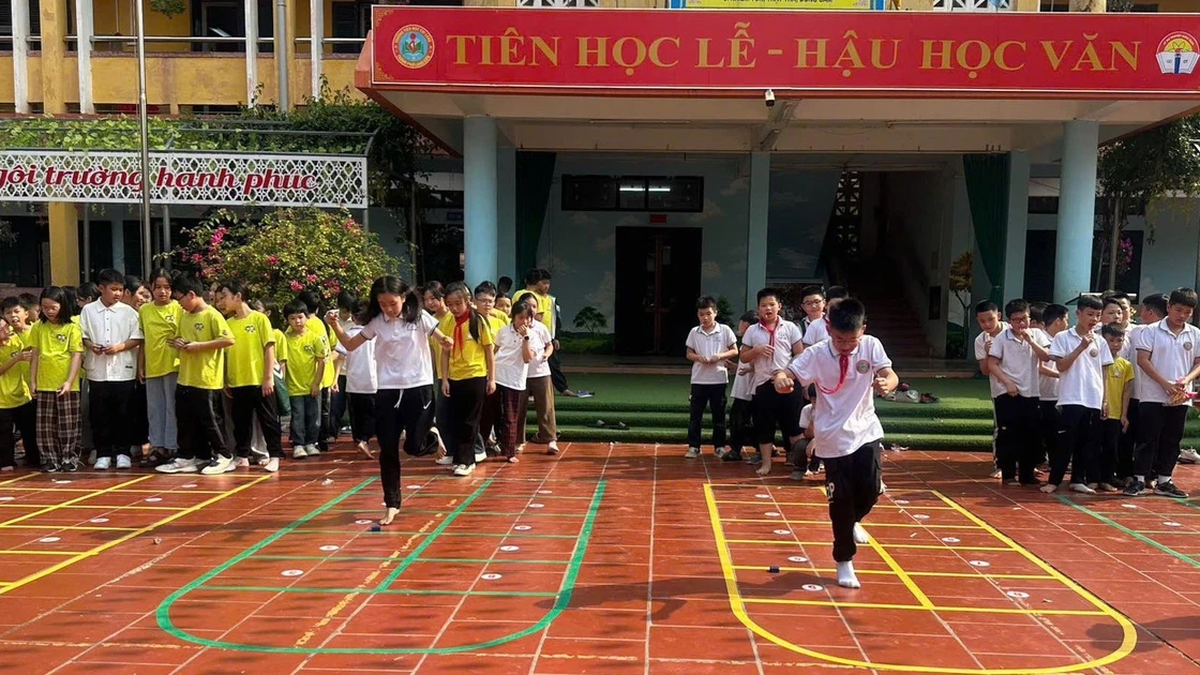
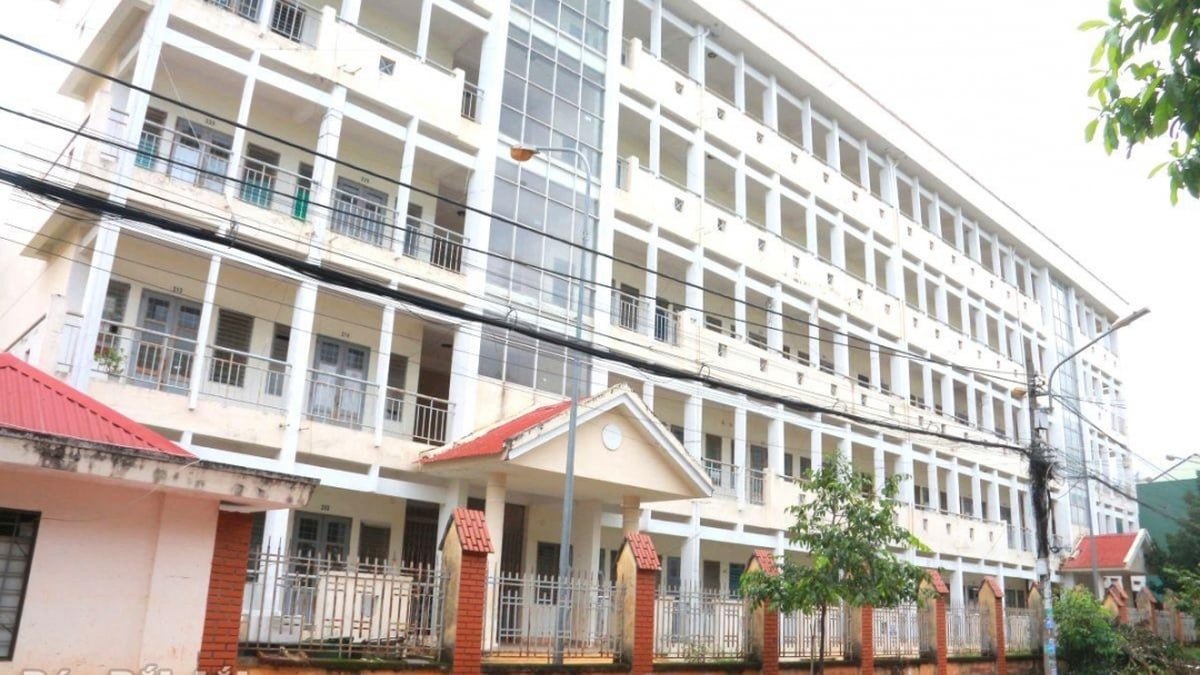








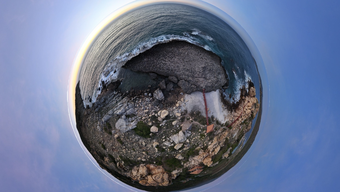












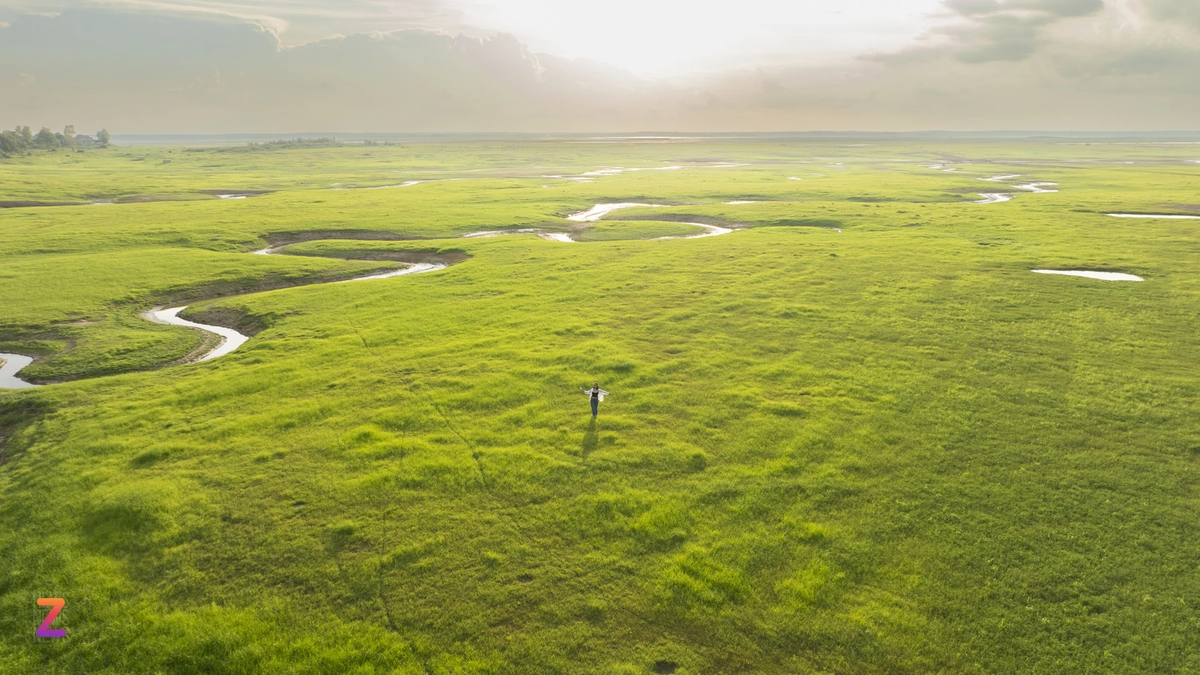
















































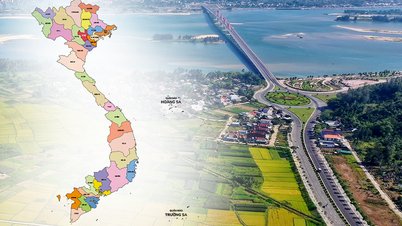


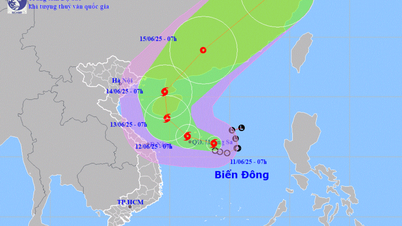

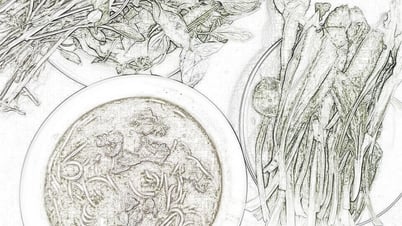










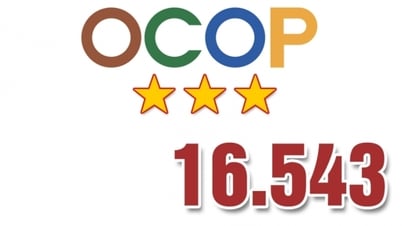

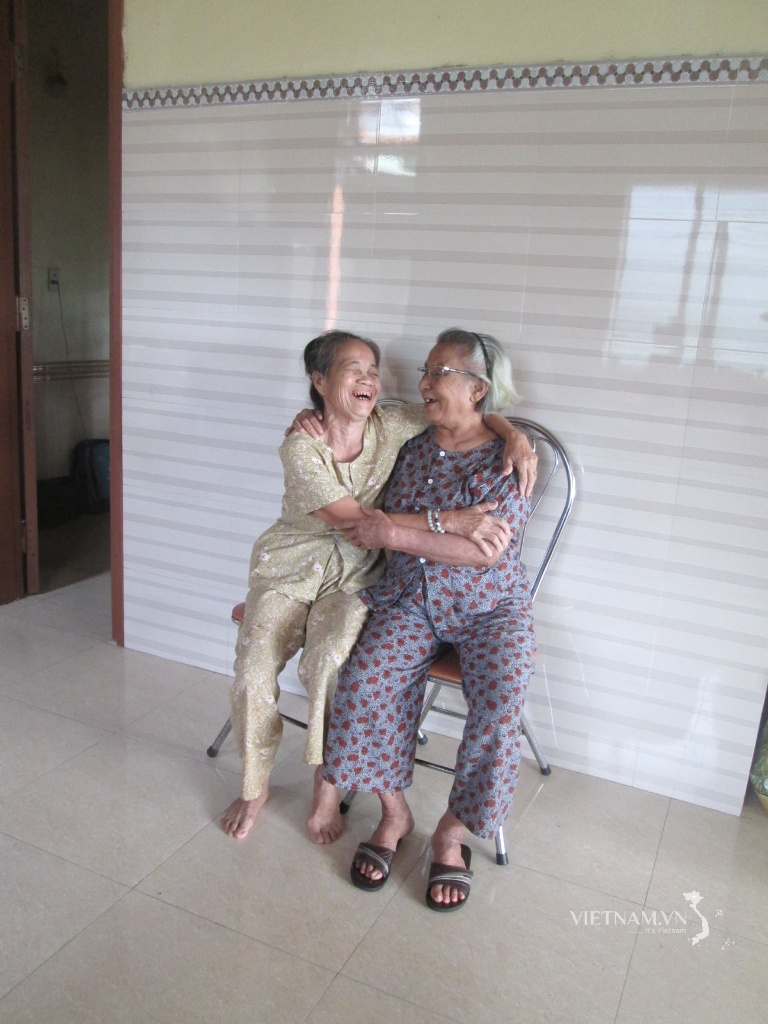


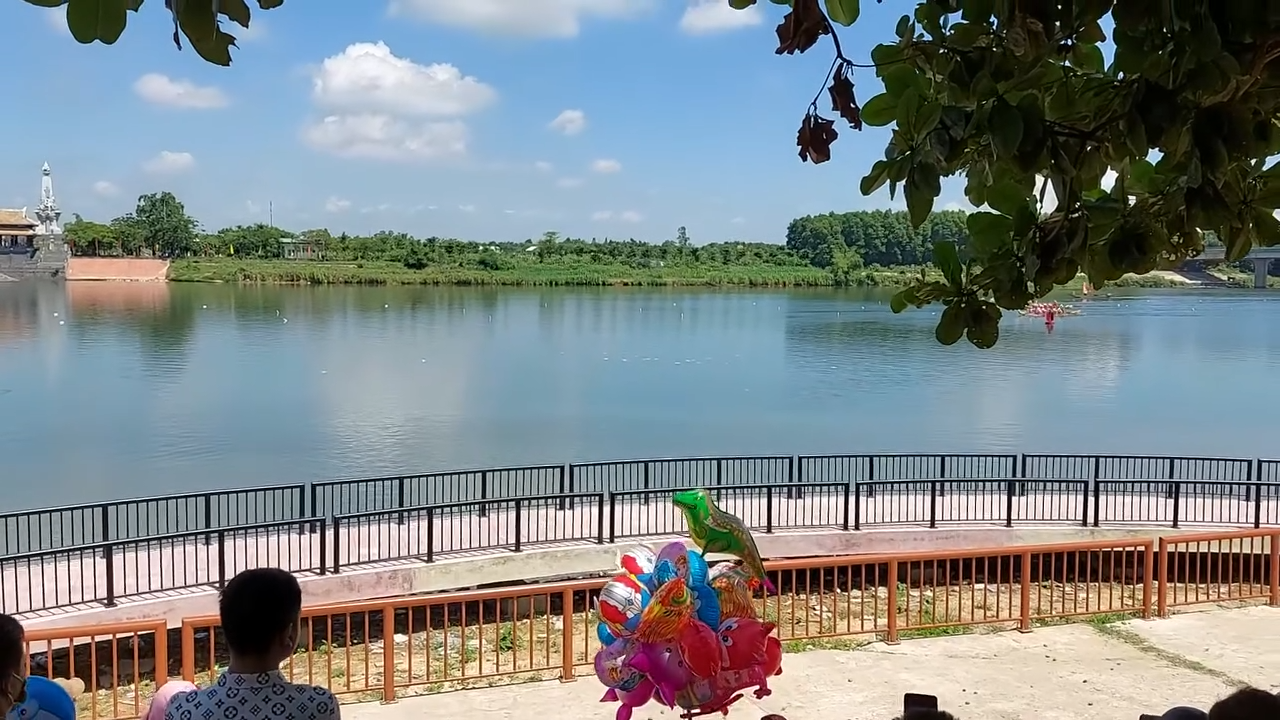
Comment (0)